 Shutterstock
Shutterstock
Throughout history, certain dog breeds have been more than just companions; they were living symbols of wealth, power, and prestige. Reserved exclusively for the elite, these breeds graced the palaces of emperors, accompanied noblemen on grand hunts, and lounged beside queens in opulent courts. Their roles extended beyond mere pets—they were status symbols, diplomatic gifts, and sometimes even participants in royal ceremonies. Today, while these breeds are accessible to many, their regal histories remain woven into their dignified demeanors and luxurious appearances.
Afghan Hound
 Shutterstock
Shutterstock
With a silky, flowing coat and regal posture, the Afghan Hound looks like it was born to be admired—and historically, it was. Originating in the mountains of Afghanistan, these dogs were considered treasures and were often given as gifts to royalty. Their striking appearance and aloof demeanor made them perfect companions for the nobility who enjoyed being just a little mysterious. With hair that rivals any supermodel in a shampoo commercial, it’s easy to see why only the wealthiest could afford to keep up with the grooming bills. Even their attitude screams, “You can’t afford me.”
Saluki
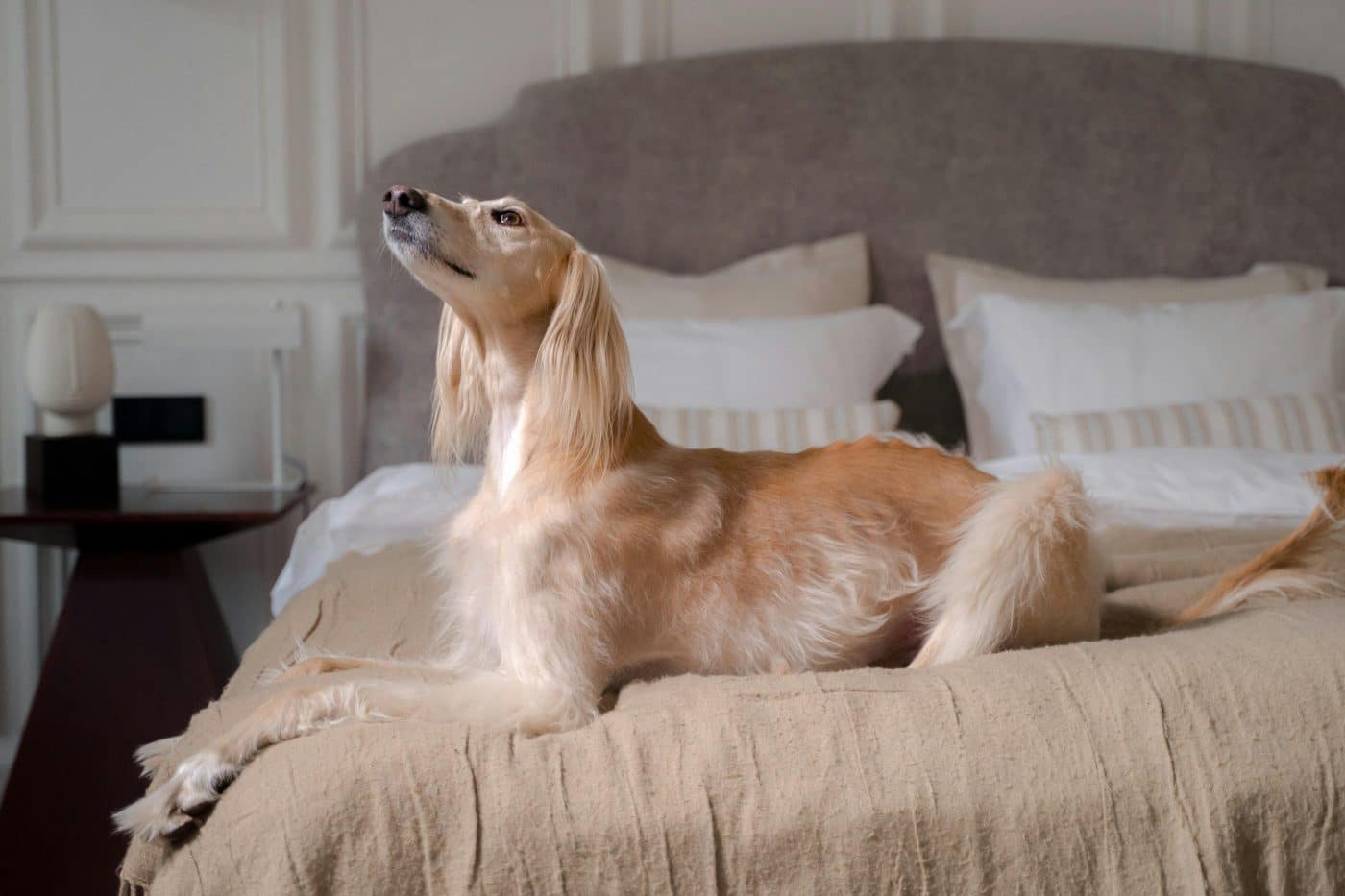 Shutterstock
Shutterstock
Nicknamed the “Royal Dog of Egypt,” the Saluki is one of the oldest domesticated dog breeds, dating back to ancient Mesopotamia. These slender and elegant sighthounds were mummified alongside Pharaohs and adorned with jewels. They were not just pets—they were divine symbols. Revered for their speed, grace, and hunting prowess, Salukis were never sold, only gifted to those deemed worthy, making them exclusive to the uppermost crust of society. If you wanted a Saluki, you pretty much needed to be tight with a Pharaoh.
Pekingese
 Shutterstock
Shutterstock
The Pekingese breed was once so sacred in ancient China that stealing one could result in execution. These fluffy lapdogs were exclusive to the Chinese imperial family, and commoners were not even allowed to look at them—seriously. Bred to resemble little lions, which symbolized Buddha’s guardians, Pekingese dogs had their servants, guards, and yes—tiny silk robes. Their small size made them perfect for royal sleeves, which are both adorable and impressively extra. Royalty said, “Put a dog in my sleeve, please.”
Lhasa Apso
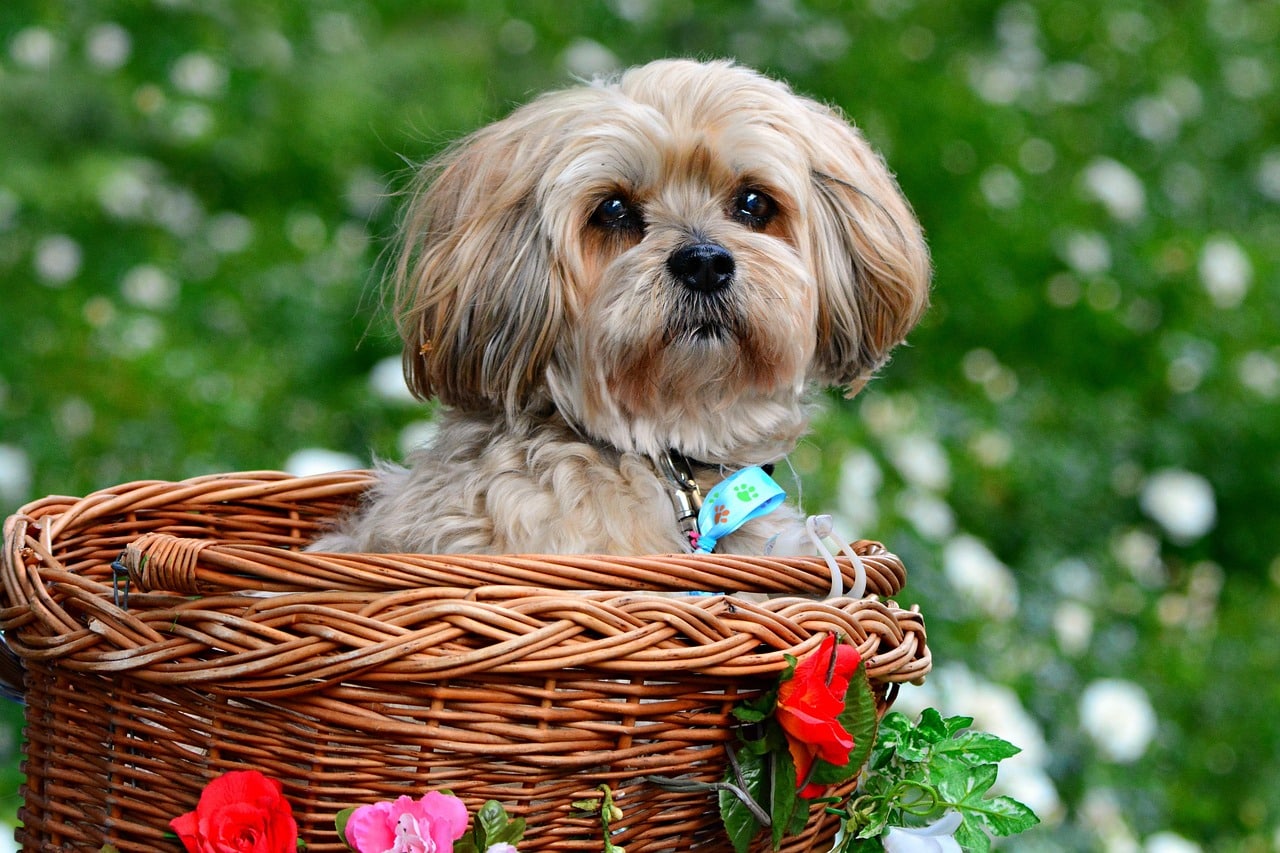 Shutterstock
Shutterstock
In ancient Tibet, Lhasa Apsos were considered sacred watchdogs of palaces and monasteries. They were so highly regarded that the Dalai Lama himself would gift them to emperors and royal families, turning them into four-legged diplomatic emissaries. With their lush coats and dignified personalities, Lhasas weren’t just any watchdogs—they were fluffy little gatekeepers of divine energy. Owning one was like being given the key to a spiritual VIP room, but only if your bank account and soul were both spotless.
Japanese Chin
 Shutterstock
Shutterstock
The Japanese Chin didn’t just serve as royal companions—they were practically royalty themselves. These little dogs were adored by Japanese nobility and even taught to perform delicate tricks like bowing and dancing for guests. They were bred to be elegant, cat-like lap dogs and often sat perched on pillows made of silk. Some were even rumored to have their palanquins for transport. If you were a noble with a Chin, you weren’t walking that dog—it was getting chauffeured.
Chow Chow
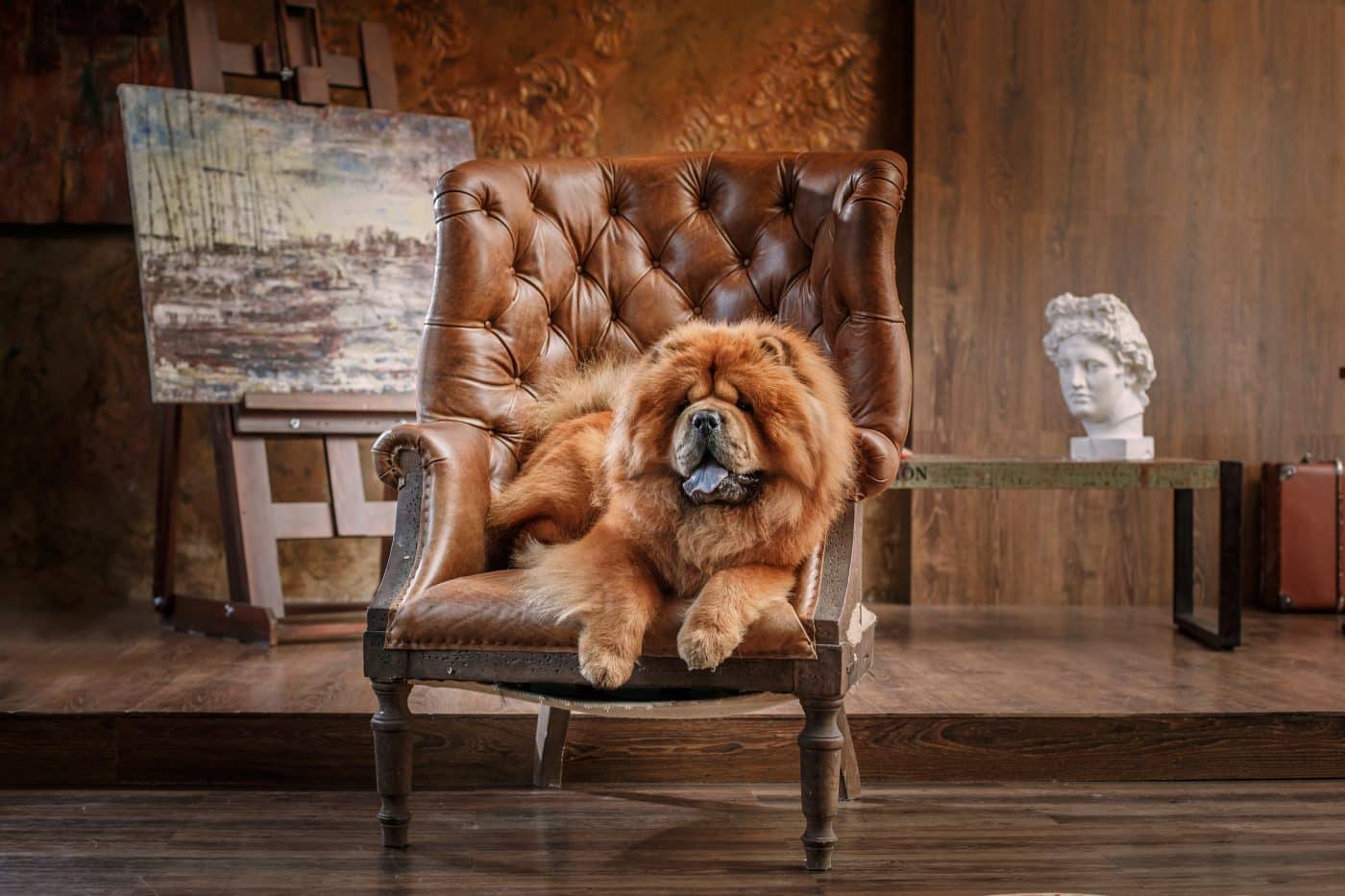 Shutterstock
Shutterstock
The Chow Chow, with its lion-like mane and dignified gaze, was once the prized possession of Chinese emperors. These dogs were kept in the imperial palaces and served as guardians, companions, and even hunting dogs. Their regal appearance and aloof personality made them perfect for royal life—no clingy cuddling here, thank you very much. Chows were considered so luxurious that some emperors kept hundreds of them. It’s the only time hoarding pets was seen as a power move.
Papillon
 Shutterstock
Shutterstock
The Papillon, with its distinctive butterfly-like ears, fluttered its way through the palaces of France and Spain, often depicted in paintings alongside queens and aristocrats. This breed was particularly beloved by French royalty—especially Marie Antoinette, who reportedly walked to the guillotine clutching her Papillon. These tiny dogs weren’t just lap warmers—they were lap accessories. It was fashion, darling. If your dog didn’t match your gown, were you even rich?
Borzoi
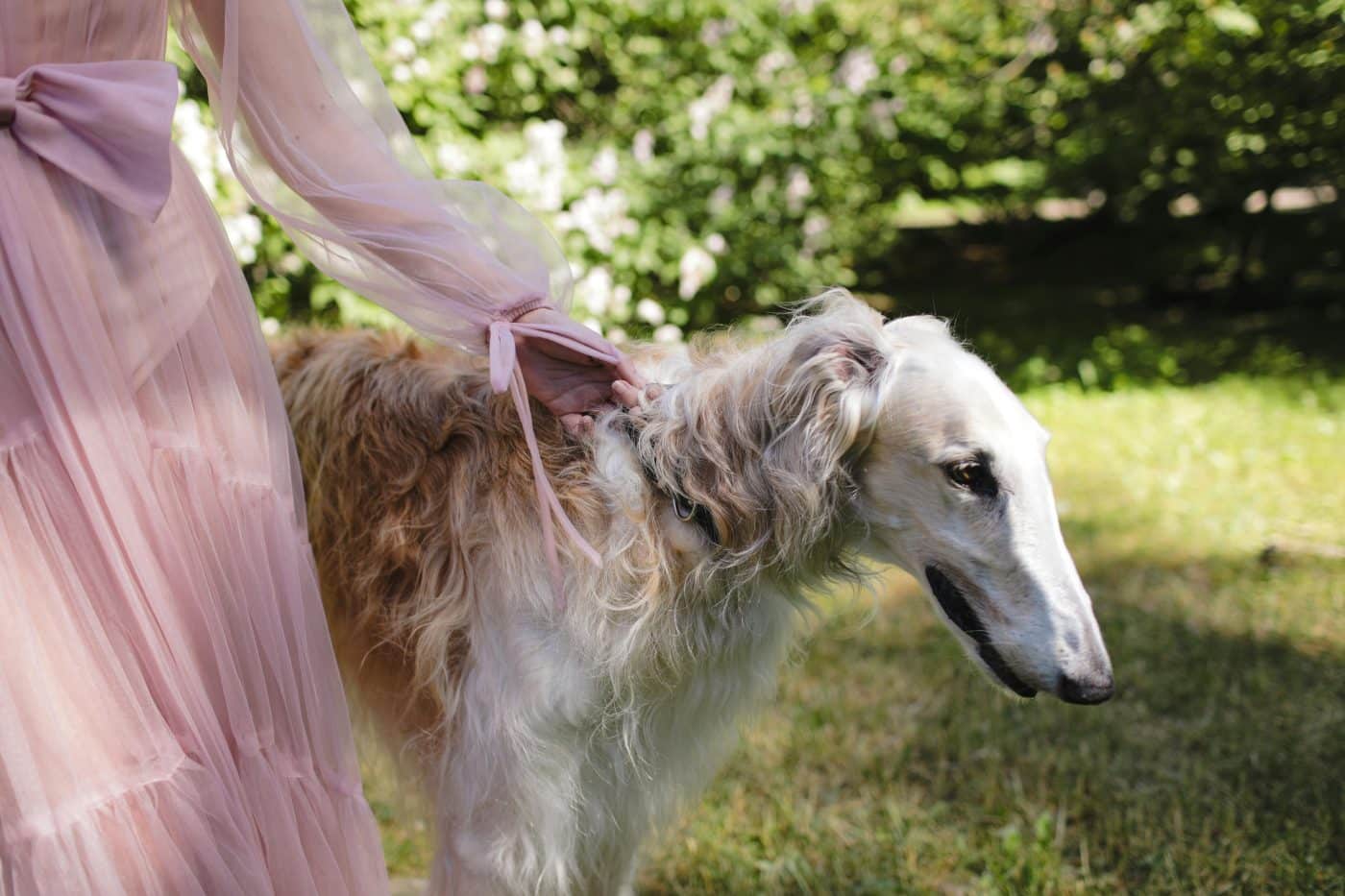 Shutterstock
Shutterstock
Also known as the Russian Wolfhound, the Borzoi was the ultimate dog of the Russian aristocracy. These tall, elegant sighthounds were bred for high-speed chases across snowy estates and were considered so noble that only royalty could breed or own them. The Romanovs had entire packs of Borzois and treated them like furry tsars. With their slender bodies and flowing coats, Borzois weren’t just dogs—they were runway models who occasionally hunted wolves.
Cavalier King Charles Spaniel
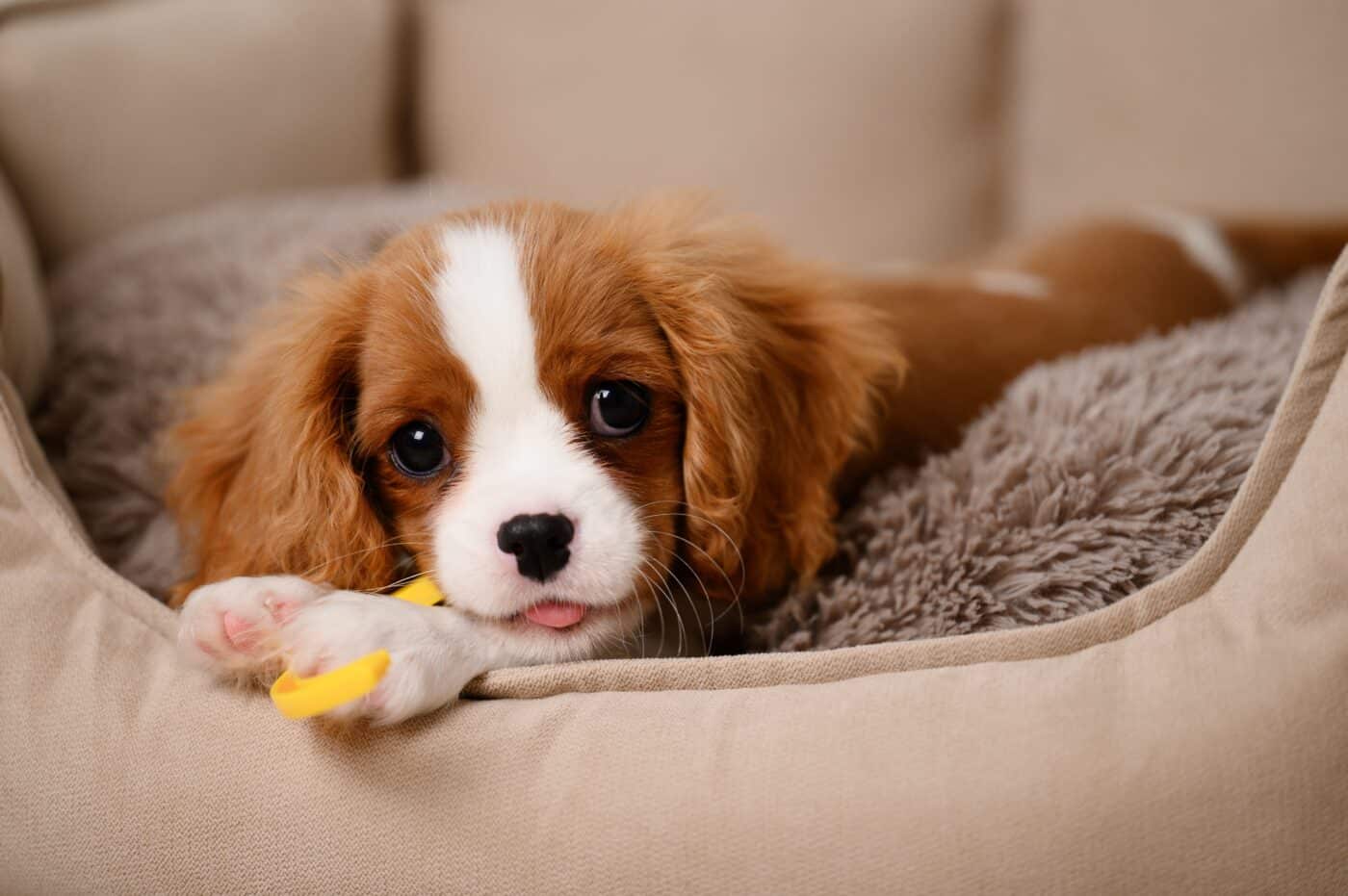 Shutterstock
Shutterstock
You know you’re fancy when a whole dog breed is named after you. The Cavalier King Charles Spaniel owes its aristocratic status to King Charles II of England, who adored them so much that he reportedly let them into every room of the royal court. These toy spaniels were bred specifically to be lap warmers for the nobility, lounging on velvet cushions and staring judgmentally at anyone who wore last season’s fashion. They were living their best royal lives, one posh snuggle at a time.
Bichon Frise
 Shutterstock
Shutterstock
The Bichon Frise was once the life of the royal party, charming its way into the courts of France, Spain, and Italy. These white puffballs were beloved by nobles for their cheerful demeanor and hypoallergenic fur (because even allergies couldn’t be allowed in the palace). The Bichon was often perfumed, powdered, and pampered to the point of absurdity. If Versailles had a mascot, it would have been a Bichon in a powdered wig sipping tea.
Great Pyrenees
 Shutterstock
Shutterstock
The Great Pyrenees were the preferred guardians of French nobility, especially those with mountain estates. These majestic white giants were used to guard livestock—and sometimes entire chateaux. King Louis XIV adored them so much that he declared them the royal dog of France. Despite their working-dog background, these pups strutted through court-like fluffy snowballs of dignity. And yes, they could stop a wolf, but they’d prefer to stop a fashion faux pas first.
Tibetan Mastiff
 Shutterstock
Shutterstock
If you think modern guard dogs are intimidating, meet the Tibetan Mastiff—the luxury security system of ancient times. This massive, lion-like dog was considered a symbol of wealth and power in Asia and was gifted to emperors and nobles as living statues of prestige. Alexander the Great supposedly owned one, and more recently, a red Tibetan Mastiff sold in China for over a million dollars. They’re dogs with the attitude of a Ferrari—big, bold, and born to show off.
Maltese
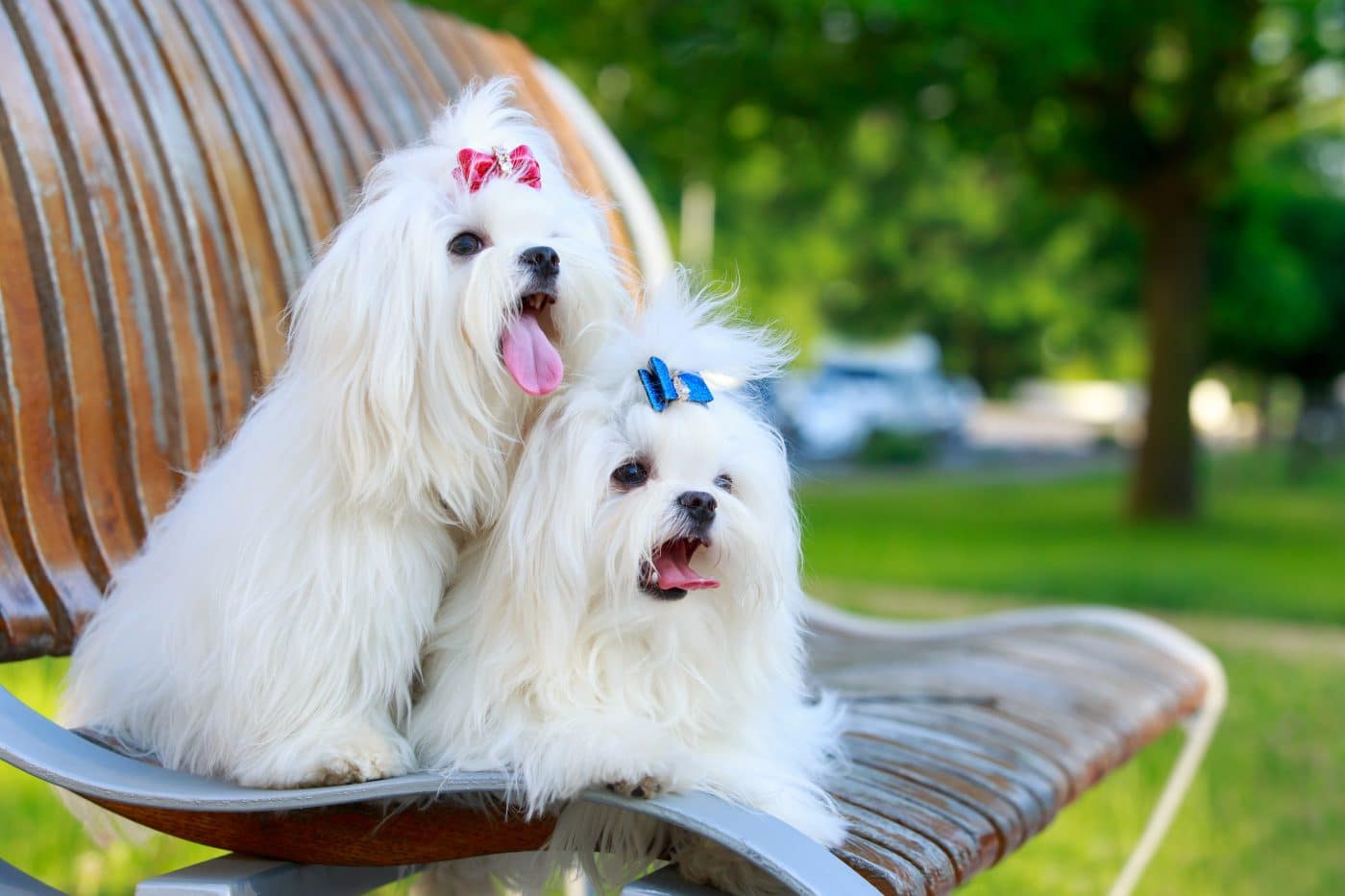 Shutterstock
Shutterstock
The Maltese breed has been charming aristocrats since ancient Rome, where noblewomen carried them around like living pearls. These tiny white dogs were adored for their beauty and poise and often slept in silk-lined beds. Over the centuries, Maltese dogs found their way into royal courts across Europe, becoming favorites of queens and duchesses alike. Their dainty paws rarely touched the ground—they were always being cradled, kissed, or painted. If a tiara could bark, it would be a Maltese.
Samoyed
 Shutterstock
Shutterstock
While originally bred by the Samoyedic people of Siberia, Samoyeds eventually caught the attention of Russian nobility for their pristine coats and endearing “smiles.” These fluffy snow dogs were soon brought into royal households, admired for their elegance as much as their endurance. Queen Alexandra of the United Kingdom kept several, introducing them to Western high society. With their pearly coats and perpetually happy expressions, they looked like clouds of luxury floating through the palace halls.
Shih Tzu
 Shutterstock
Shutterstock
The Shih Tzu, whose name means “lion dog,” was bred specifically for Chinese royalty, particularly during the Ming and Qing dynasties. These lap-sized lions were pampered beyond belief—sometimes trained to wave their paws and sit like emperors. Forbidden to commoners, the Shih Tzu was a fixture in royal courts, often perched beside thrones or on embroidered cushions. With flowing hair, a regal gait, and a nose permanently tilted ever-so-slightly upward, the Shih Tzu knew it was elite. It still does.
When Your Dog Has A Better Pedigree Than You
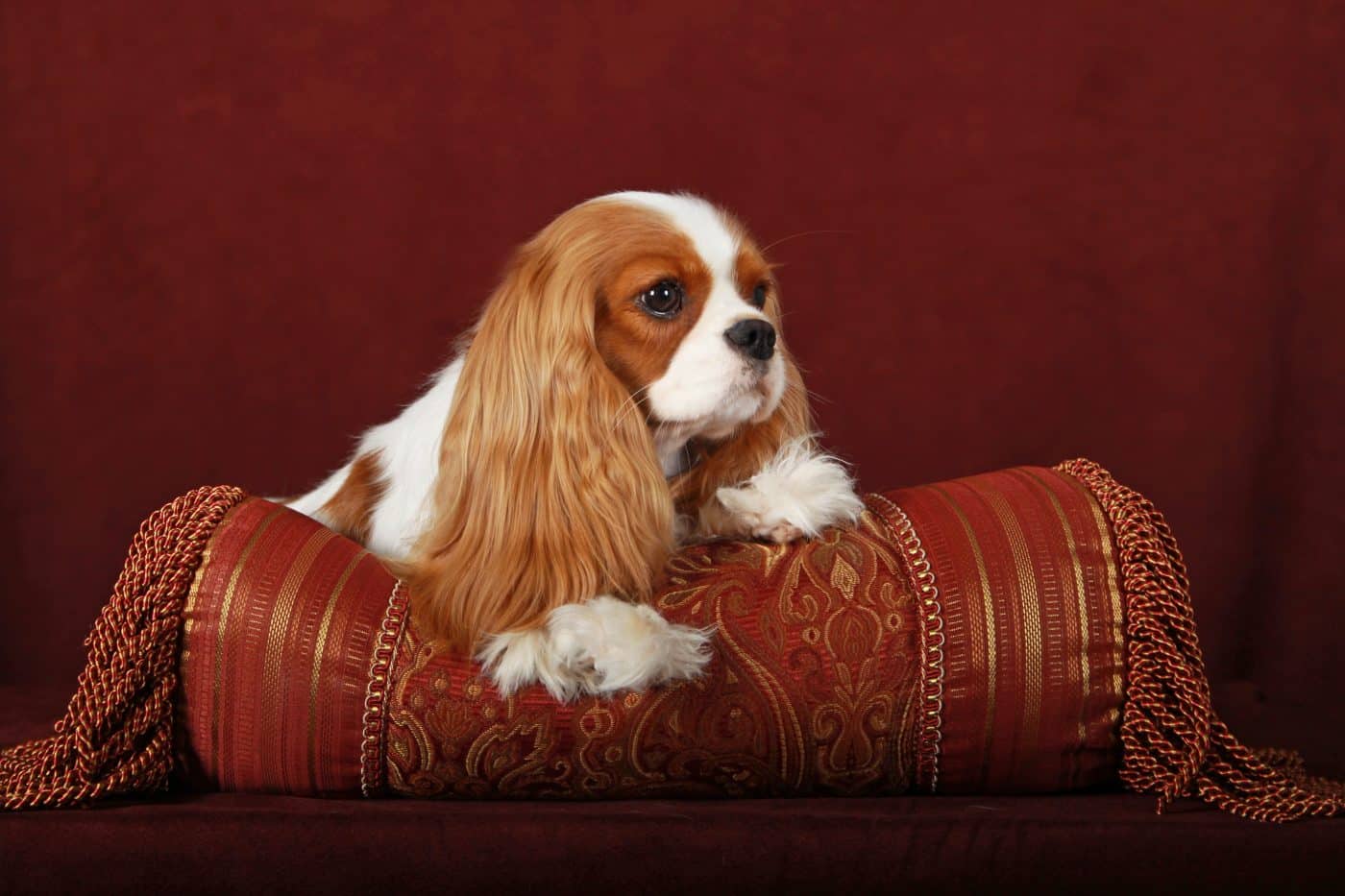 Shutterstock
Shutterstock
These aren’t just your average furballs—these are the canine aristocracy, the four-legged nobility who once dined on golden platters, napped on velvet cushions, and probably rolled their eyes at peasant dogs with muddy paws. These breeds weren’t just pets—they were symbols of extravagance. And while you can now find them curled up on suburban sofas instead of thrones, don’t be surprised if they still expect a butler, a personal chef, and a tiara polish. Their royal roots run deep, and your humble home? That’s just their starter castle.
 Toledo, United States.
Toledo, United States.